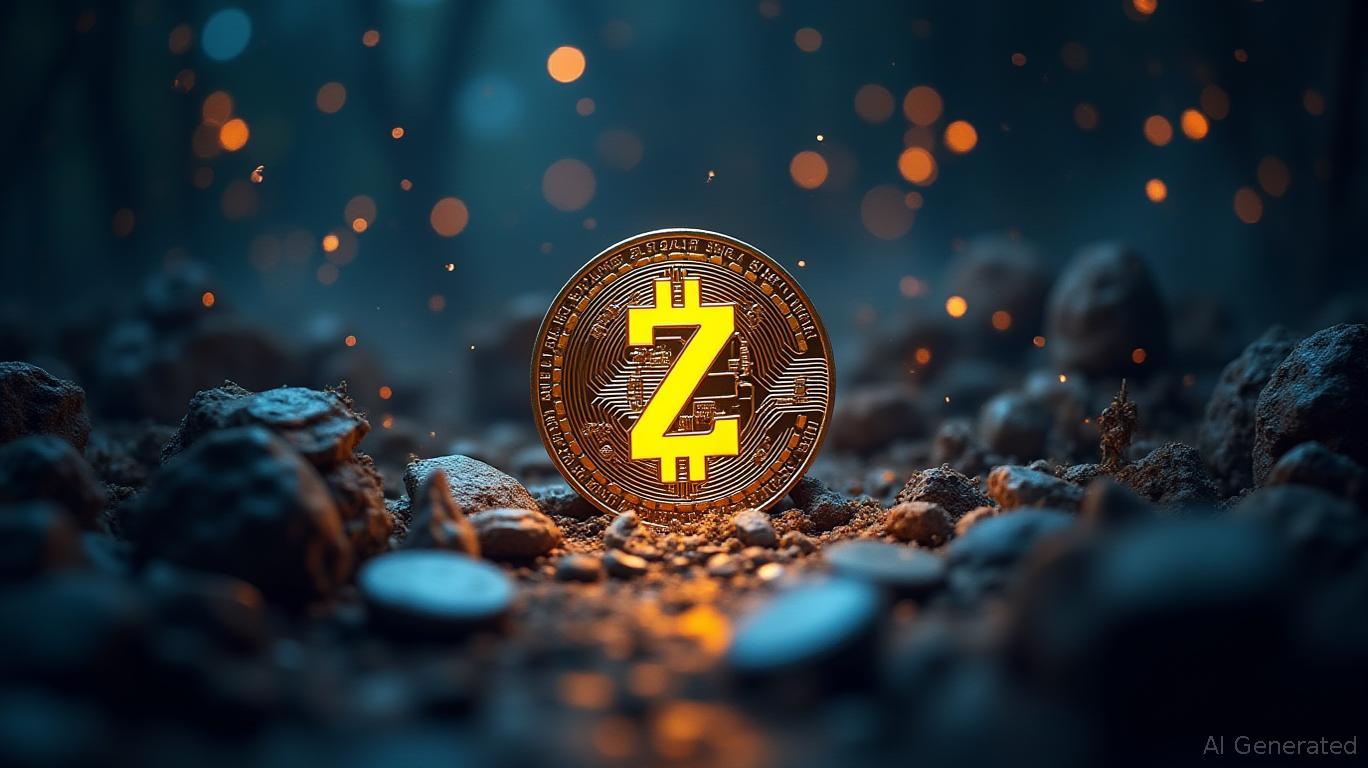AInvest Newsletter
Daily stocks & crypto headlines, free to your inbox
Hackers have launched a phishing attack targeting a
wallet that holds approximately 79,956 BTC, valued at around $8.7 billion. This wallet is linked to the infamous Mt. Gox exchange hack, which occurred in 2014 and resulted in the theft of around 850,000 BTC. The attack involves sending transactions with OP_RETURN outputs containing misleading messages, directing the wallet owner to a fraudulent website that impersonates the defunct Saloman Brothers bank. The goal of this scam is to extract personal information from the rightful owner of the wallet.The OP_RETURN opcode, a Bitcoin scripting function, allows users to store small pieces of data on the blockchain. While it has legitimate uses, scammers are exploiting it to embed deceptive messages. In this case, the transaction sent to the Mt. Gox wallet includes a message directing the owner to a website claiming to be affiliated with Saloman Brothers. This has been flagged as a clear phishing attempt, warning that the site is illegitimate and designed to harvest personal details from unsuspecting users.
The Mt. Gox exchange collapse in 2014 resulted in the loss of approximately 850,000 BTC, worth over $92 billion at today’s prices. The address under attack was among those that received stolen coins during the hack. Despite law enforcement recovering around 140,000 BTC, the majority remain in dormant wallets, untouched for over a decade. These wallets have now become targets for scammers who exploit the possibility that the original owners might attempt to reclaim their assets. The ongoing rehabilitation process approved in 2021 aims to compensate creditors with roughly 90% of their lost funds, but the presence of these dormant addresses continues to attract malicious actors.
This phishing attempt underscores the critical importance of vigilance among cryptocurrency holders, especially those with dormant or legacy wallets. Users should be wary of unsolicited communications or blockchain transactions containing embedded URLs or messages. Experts recommend never interacting with suspicious websites or providing personal information without thorough verification. Additionally, employing hardware wallets and multi-factor authentication can significantly reduce the risk of unauthorized access. Crypto investors are encouraged to stay informed through trusted sources to recognize emerging threats promptly.
The recent phishing attack targeting Mt. Gox’s historic Bitcoin wallet highlights the persistent vulnerabilities faced by dormant cryptocurrency addresses. While the use of OP_RETURN transactions for embedding scam messages is a novel tactic, awareness and cautious behavior remain the best defenses. As the crypto ecosystem evolves, continuous monitoring and education will be essential to safeguard digital assets from increasingly sophisticated scams.

Quickly understand the history and background of various well-known coins

Oct.31 2025

Oct.31 2025

Oct.31 2025

Oct.31 2025

Oct.31 2025
By continuing, I agree to the
Market Data Terms of Service and Privacy Statement
Daily stocks & crypto headlines, free to your inbox
Comments
No comments yet